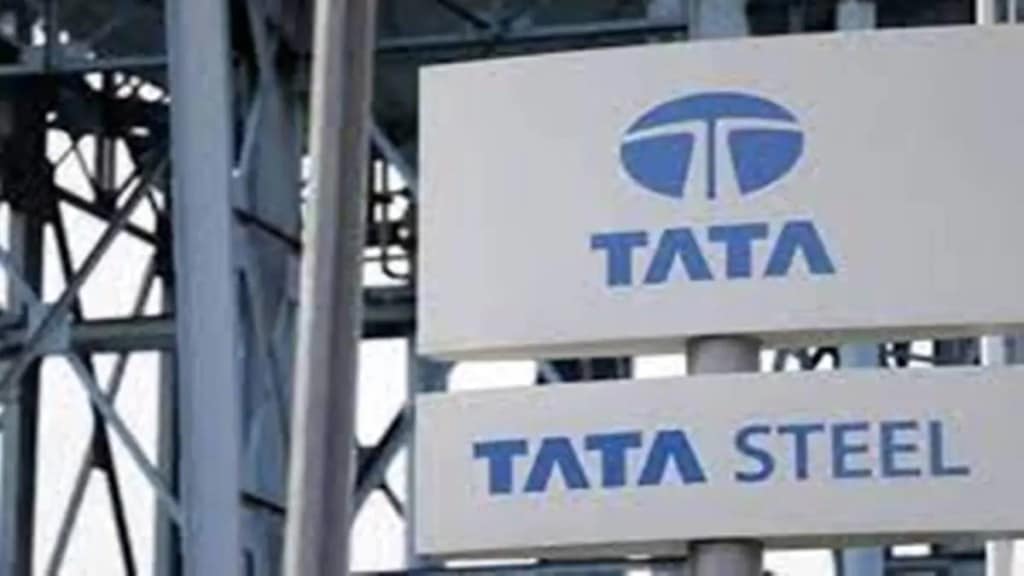Tata Steel is in various stages of discussion to raise about $400 million in green loans from a clutch of lenders, including Bank of America with a five-year tenure. If raised, this would be the company’s first green loans, and the proceeds would be used for the Tata Group firm’s capex plans.
The firm is also in talks with HSBC Holdings, JPMorgan Chase and Mitsubishi UFJ Financial Group for raising the debt.
Also Read: Talks with UK govt on financial package still on: Tata Steel CEO T V Narendran
When contacted a Tata Steel spokesperson said: “While the company is continuously evaluating the developments and options in the green financing space, there is nothing concrete and we continue to focus on our deleveraging plan and further repayments beyond the $4.5 billion deleveraging achieved in the last three years.”
Tata Steel intends to be carbon neutral and was planning to start producing green steel (steel made without using fossil fuels) in 2030 from its Netherlands plant. The company, which owns UK’s largest steelworks at Port Talbot in South Wales, had also sought £1.5 billion from the UK government to execute its decarbonisation plans. Earlier in February, Tata Steel CEO & MD TV Narendran told FE that the company will continue to invest Rs 10,000-13,000 crore a year going forward as it looks to double steel production to about 40 million tonne per annum (mtpa) in India by 2030.
Also Read: Tata Steel saw record operational performance in FY23: CEO T V Narendran
The steelmaker will also grow its downstream businesses such as tubes and wires in India. At present, it is producing about 20 mtpa of steel in India.
Under its plans to consolidate leadership plans in India, the firm also intends to increase the production of flats to 27 mtpa (from 16 mtpa), longs to 5 mtpa (from 13 mtpa), tubes to 2 mtpa from (1 mtpa), wires to 1 mtpa (from 0.45 mtpa) and ductile iron pipes to 1 mtpa (0.2 mtpa).
Tata Steel also intends to bring down its net debt significantly from `71,706 crore (as of December end) as capacity unwinds and steel margins improve.
